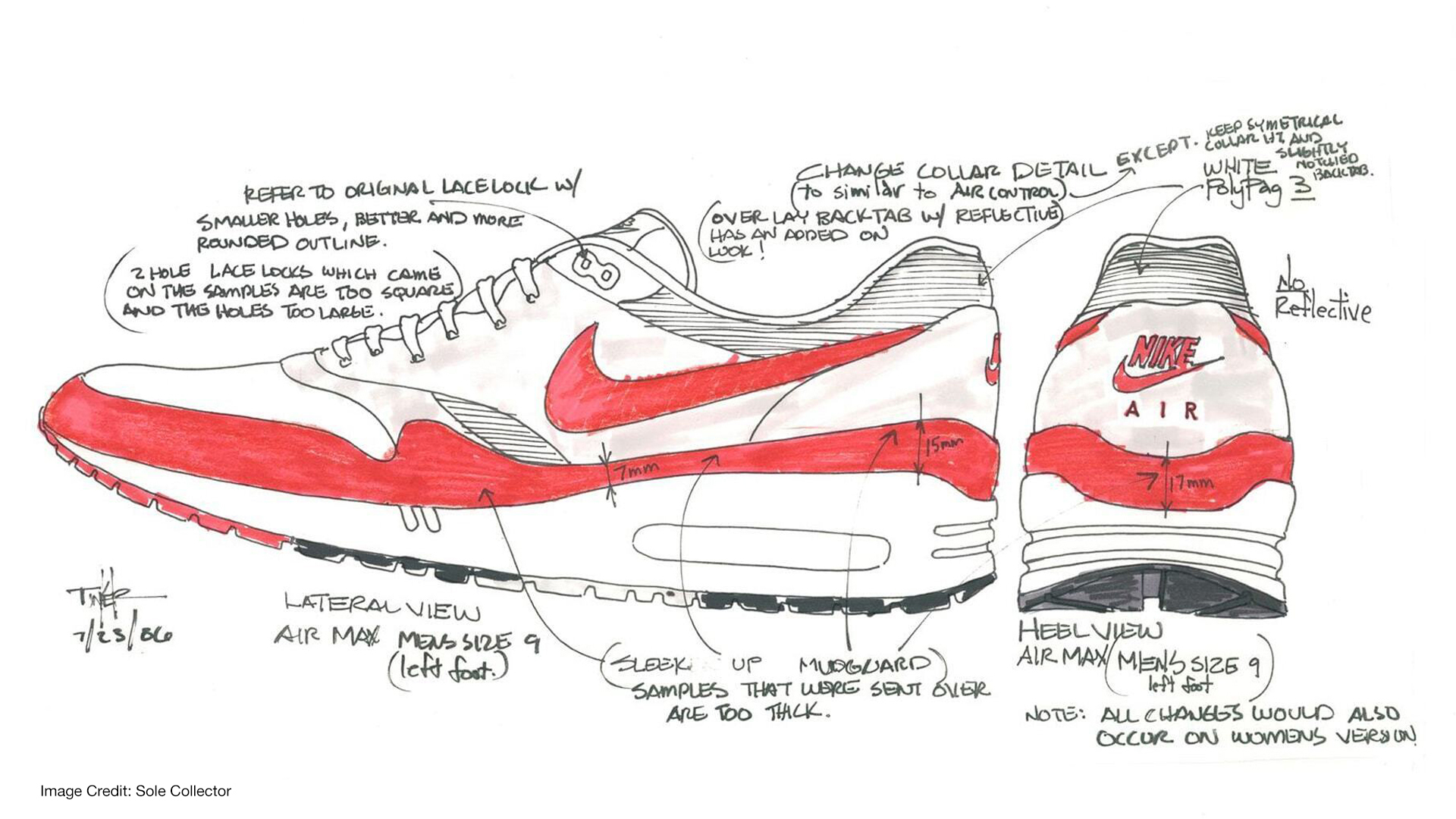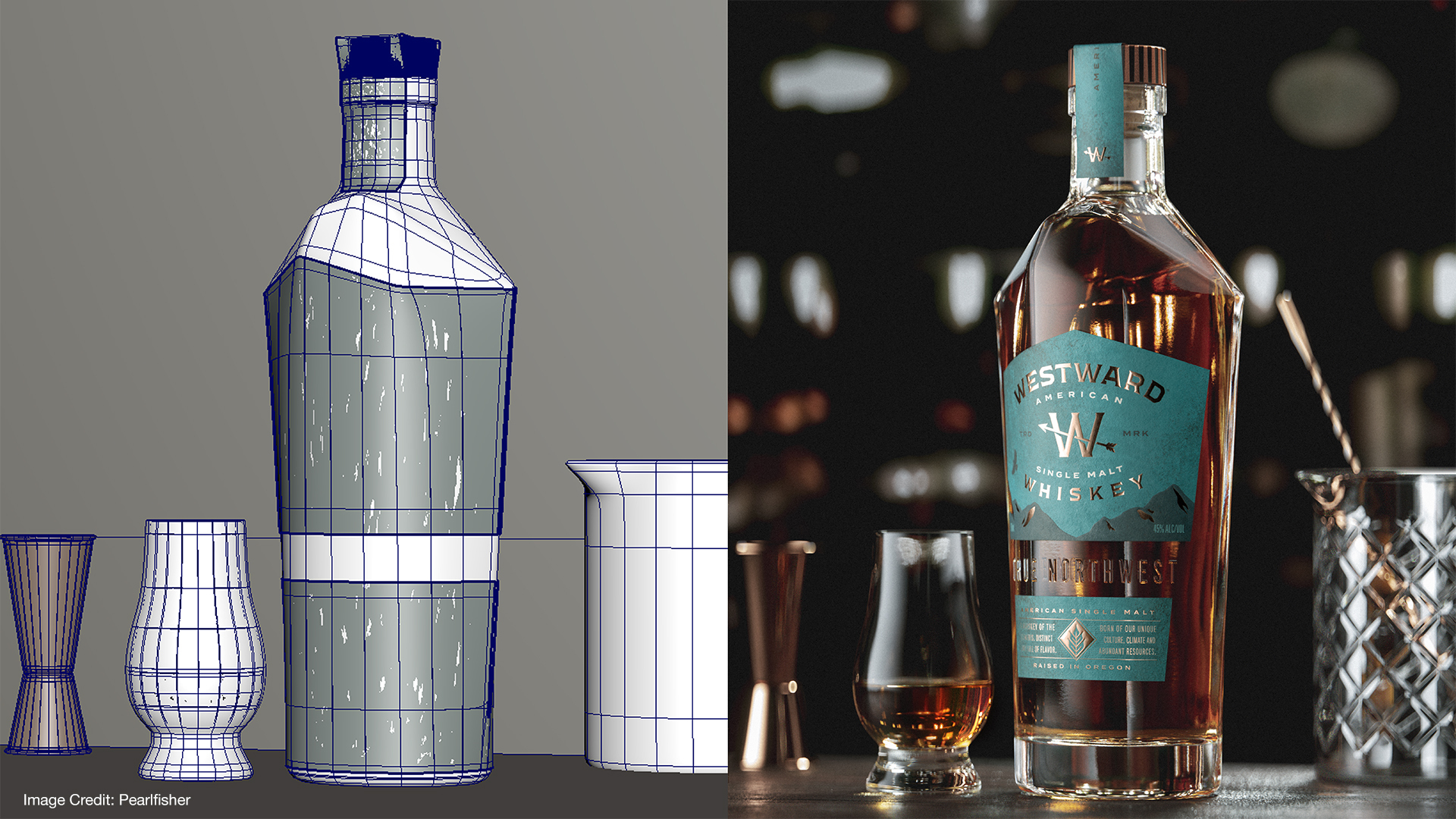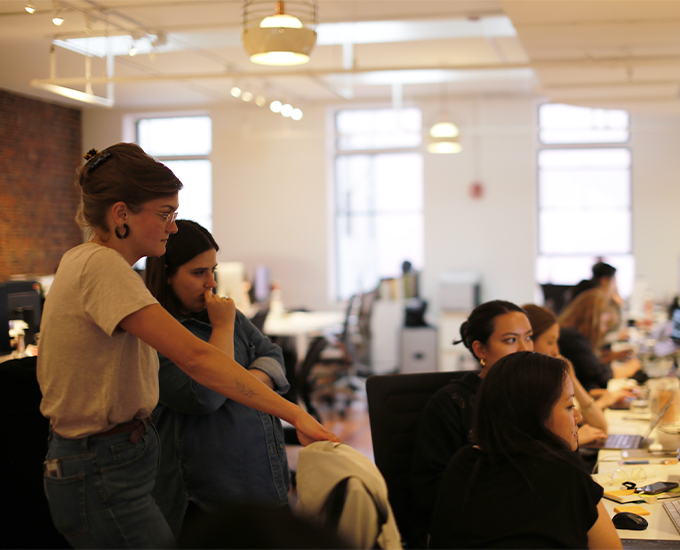This piece originally appeared in Dieline.
With new routes to consumers stealing voice and market share, the way brands are reaching out to their customers and how consumers want to receive them is radically changing shape—driving deeper engagement and broader awareness in their first moments of connection. It’s actually hard to even imagine a time before digitalization and the opportunity it has provided for brands to unlock new creative thinking along with innovative virtual assets to reach consumers in better, more meaningful ways—the landscape has shifted, and my sneaker collection continues to expand while my wallet continues to shrink.
Our “new normal” has made technology even more critical as we find ourselves spending much of our time at home, relying on our devices for enjoyment, connectivity, and keeping our imaginations stimulated. Consumers are turning to brands to provide ongoing entertainment with increasingly advanced interactive and mesmeric content. And the brands that are succeeding in these challenging times are finding unique ways to fulfill our needs by making intangible experiences tangible, using CGI and visualization techniques—specifically 3D modeling, 3D scanning, rendering, animation, and more—to establish bonds and emotional connections with consumers that will drive engagement and build brand loyalty.
Bring the Unimaginable to Life
Advertising agencies and designers have been creating the unimaginable and selling dreams for the last century, but today it’s practically impossible to decipher between what is real and what isn’t. In the 80s, legendary Nike designer, Tinker Hatfield, played a significant role in turning my love for sneakers into an obsession when he created the Air Max 1. No one could have imagined what he was able to bring to life using only pen and paper. But it’s safe to assume that it took many rounds of revisions to get to his final creation, requiring him to start from scratch each time—exhausting, yet amazing.
Designing the Air Max 1 was just the beginning. How was the product going to come to life in the real world via a TV commercial or billboard? Creating a brand world and experience requires brand assets. More specifically, Virtual Brand Assets while we’re living in such a content-heavy digital world where on average, a US adult is spending 3 hours and 43 minutes on their mobile devices per day. But before CGI and visualization capability brought brand campaigns to life, it felt like it took eons. Now, we can create flexible—not fixed—more sustainable assets and allow for revisions or iterations to get expedited without starting from square one. Ultimately, building Virtual Brand Assets should be, if it’s not already, part of your brand toolkit. Yet, you can either create them in a way that’s tedious and rigid or with a more efficient and fluid approach with CGI and visualization.

Home furnishing mecca IKEA was one of the first retailers to use CGI over traditional production methods. In 2006, IKEA published their first CG photo of a Bertil pinewood chair. Fast Forward to 2012, and they built 25% of their products using CGI. By 2014, that percentage was at a whopping 75%, according to the Wall Street Journal. IKEA was not only able to get their products to market more quickly but began creating brand experiences that consumers related to on an emotional level where they could envision IKEA products as part of their everyday lives. IKEA was one of the first companies that shifted the mindset of CGI practices from being just for convenience to a medium that took storytelling and customization to a whole new level.
Why Virtual Brand Assets are Important for Design and Branding
Nowadays, CGI is used almost everywhere, from TV and online to poster adverts. The list goes on, making it indispensable to brand storytelling and product marketing. And, it’s crazy to think that this is just the beginning. The augmented, virtual, and extended or mixed reality market is expected to reach $27.44 billion by 2025, according to Research and Markets—a testament to these enticing applications and how they are creating countless opportunities for brands to connect with consumers.
As a creative professional, having these new tools at my disposal is incredibly inspiring for me and the brands I partner with. Together, we are empowered to create the real, the unreal, and beyond while being more efficient. Traditional practices like photography and photoshoots are meaningful in their own right, but alternative methods like CGI and visualization make it possible to bring ideas, products, and environments to life, creating full multisensory experiences without physical props or being on set. And during a global pandemic, we can create photorealistic images, collaborate remotely, and still deliver for our clients. The Fabricant, a digital-only fashion house, believes “clothing does not need to be physical to exist.” Using only technology and their imaginations to create personalized fashion experiences that exist digitally.
Our CGI and visualization work on brands like Hum by Colgate, Tecate ALTA, and Westward Whiskey crafting beautiful visuals and assets to support the their promotional campaigns without requiring the physical product. Once the initial Virtual Brand Asset is built, we have the foundation for limitless possibilities with what you can or want to do—helping a brand construct emotional connections with consumers. Replicating physical life can be the first step in driving interest and a powerful relationship with a brand. Now my brief is what we want to create versus what a client is able, with the resources and budget they have access to. The possibilities for creativity become endless.

The Possibilities and What it Means for Consumers
For a consumer, a detailed 360-degree product visual can carry the same weight as a glowing review in terms of decision-making. According to eMarketer, nearly 75% of U.S. internet users regularly search for visual content before making a purchase; only 3% never do. So brands must deliver this experience too. By visualizing a product line with multiple SKUs—especially where customization is on the table, like the outdoor sporting goods, Atomic, which allows you to design your own personal pair of skis—a brand’s design team can have much tighter control over the images and not be so reliant on product samples or the logistics of a photoshoot. Future iterations and product updates are also easy because CGI and visualization allow for rapid scalability, flexibility, and even expediting time-to-market.
A consumer’s long-term connection to a brand is, more often than not, always emotional. And through the use of good CGI and visualization, brands like Nike and their Air Max line of shoes can create an otherworldly virtual experience, like generating whimsical situations of what an everyday runner may encounter while depicting the durability and texture of the shoe. Likewise, brands looking to activate things like seasonal campaigns, which may require a little something extra to draw in consumers, are intelligently and thoughtfully using other sophisticated methods like animation and motion graphics. As seen by ESPN’s use of animated idents for its youth programming—a prime example of motion design that artistically and cleverly appealed to audiences. In these reimagined stadiums, courts, and fields, viewers get lost in the layers of hard-to-believe, replay-worthy moments that are undeniably part of ESPN events.

When the Imagination Has No Boundaries, What Will You Do With This Freedom?
While digital communications and engaging experiences are rapidly accelerating, CGI and visualization are transforming the arena for brands in terms of how they are building and using Virtual Brands Assets to tap into a consumers loyalty zone. Testing the borders of our artistry, “visiting” locations we’ve never set foot in, or blending reality into something more surreal is well within our reach as designers. When the imagination has no boundaries, what will you do with this freedom? How will you ensure your brand remains useful, relevant, and irresistible in a consumer’s mind now and into the future?
It’s no longer enough to show just a product video and highlight quality, value, and competitive pricing—for consumers, these are table stakes. Brands have to emphasize visually telling alluring fanciful stories that invite consumers to be a part of the brand’s world while communicating originality and purpose. To tell a brand story successfully, you must develop a dialogue and connection with consumers by making the unreal real, by imagining, designing, and creating a desirable picture of real-life using innovative Virtual Brand Assets.
3D assets and animations are crucial in the world of branding because consumers are demanding it, and as creators, we’re able to facilitate emotional and undeniable affiliations between brands and people.




